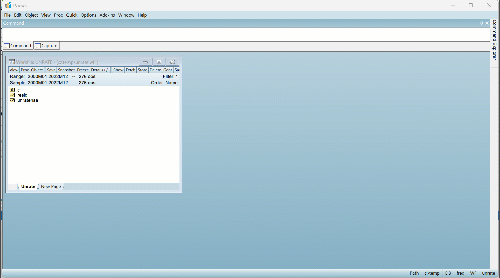EViews 14 New Econometrics and Statistics: Testing and Diagnostics
EViews 14 introduces a suite of new post-estimation diagnostics, as well as statistical tests and procedures:
- Series Based Outlier Detection
- Equation Residual Outlier Detection
- Boosted Hodrick-Prescott Filter
- Trend Testing
- Tests for Series Breaks and Change Points
- Explosive Bubble Testing
- Expanded Statistical Tools for Matrix and Vector Data
Series Based Outlier Detection
EViews 14 offers new easy-to-use tools for identifying outliers in a series or in the residuals of an estimated equation. You may use Tukey fences, mean/standard deviation fences, Wavelet outliers, and ARMA based outlier detection to identify outlier observations.
Equation Residual Outlier Detection
EViews 14 also offers outlier detection routines for estimated equations. These routines include the above series based detection for the residuals of the equation, plus an additional set of influence statistic based diagnostics, for equations estimated by least squares.
Boosted Hodrick-Prescott Filter
EViews 14 enhances the existing popular Hodrick-Prescott routine with support for the iterated (boosted) HP filter proposed by Phillips and Shi (2020).

Trend Testing
EViews 14 includes parametric and non-parametric tests for the presence of a trend in a series. You may compute the linear trend t-test, the quadratic trend F-test, the Mann-Kendall test, Cox-Stuart test, and the Wang, Akritas, and Van Keilegon (WAVK) tests of a trend against various alternatives, with optional bootstrapping of the test p-values.
Tests for Series Breaks and Change Points
EViews 14 now computes Quandt-Andrews Regression, Pettitt Ranks, and a Buishand Range and U tests for a single change in the location parameter (mean) of a series, with optional bootstrapping of the test p-values.
Explosive Bubble Testing
Identification of bubbles in financial asset prices is an important topic in financial econometrics that has received considerable attention over the past decade (see Gürkaynak (2008) and Homm and Breitung (2012) for literature surveys).
EViews 14 offers Phillips et al.(2011) and Phillips et al. (2015) tests for detection of bubbles.
Expanded Statistical Tools for Matrix and Vector Data
EViews 14 expands significantly the number of tools available for working with the data in vectors and matrices.
- Histogram and stats view
- Statistics by classification view
- One-way frequency tables
- Simple hypothesis tests
- Equality tests by classification
- Empirical distribution tests
- Resampling
- Creating classification vectors
- Making distribution function data (for example, saving kernel density data)
